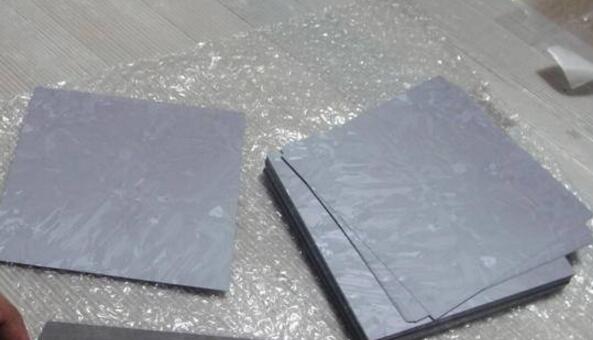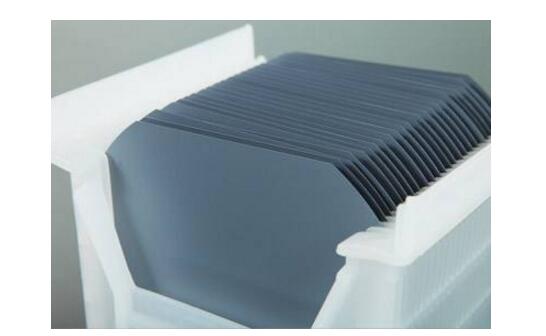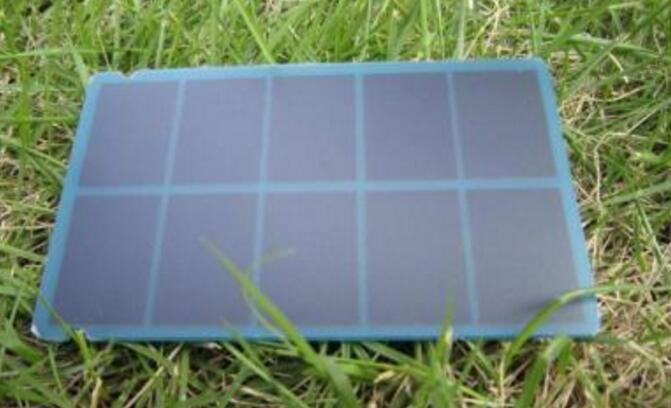**What is a Solar Wafer?**
A solar wafer is a thin slice of silicon, typically cut from a larger single-crystal or polycrystalline silicon ingot. These wafers serve as the base material for manufacturing solar cells, which convert sunlight into electricity. There are different types of solar cells, including crystalline silicon (monocrystalline and polycrystalline), thin-film solar cells, amorphous silicon cells, and concentrated photovoltaic systems. Each type has its own advantages in terms of efficiency, cost, and application.
Solar wafers are used to harness solar energy by converting it into usable electrical energy. They are widely applied in both residential and commercial settings due to their high energy efficiency and long lifespan. With proper installation and maintenance, solar wafers provide a reliable and sustainable power source.

**How Do Solar Wafers Work?**
When sunlight hits a solar wafer, the photons in the light energy excite electrons in the semiconductor material, creating an electric current. This process occurs within the PN junction formed by silicon and other materials like germanium. The movement of these electrons generates a voltage across the wafer, and when connected in a circuit, this voltage produces a continuous flow of electricity.
One common method of producing solar wafers is through the ribbon polycrystalline technique, where the silicon is pulled directly from molten silicon to form a ribbon shape. This method reduces mechanical cutting and saves about half the amount of silicon compared to traditional methods.

**Production Process of Solar Wafers**
1. **Rounding and Squaring**
The silicon single crystal rod is cut into a quasi-square shape, and then the sharp corners are rounded using a roller mill to prepare it for further processing.
2. **Pickling**
The processed rod is immersed in an acid solution to remove surface impurities and contaminants, ensuring a clean surface for subsequent steps.
3. **Adhesive Bonding**
The cleaned silicon rod is bonded to a workpiece plate, making it easier to handle during the slicing process.
4. **Slicing**
The bonded rod is mounted on a cutting station and sliced into thin wafers according to set parameters.
5. **Cleaning and Degumming**
After slicing, the wafers are pre-cleaned to remove any residual cutting fluid or debris, followed by a degumming process to ensure purity.
6. **Ultrasonic Cleaning**
The wafers are placed in an ultrasonic cleaner to remove any remaining contaminants using high-frequency sound waves.
7. **Drying**
The cleaned wafers are dried using centrifugal force and heat to eliminate moisture and prepare them for final inspection.
8. **Inspection and Packaging**
Each wafer is inspected for appearance, thickness, electrical resistivity, TTV (Total Thickness Variation), and warpage. Based on the test results, they are graded and packaged for delivery.

**Are Solar Wafers Radioactive or Toxic?**
While silicon itself is not radioactive or toxic, the production process involves several chemicals and materials that can be hazardous if not handled properly. For example, some cleaning agents and etching solutions used in the manufacturing process may contain toxic substances. Additionally, during the production phase, there can be environmental concerns related to emissions and waste.
However, once the solar wafers are fully manufactured and installed, they are safe and non-toxic. Any potential hazards are primarily associated with the production stage rather than the final product. It's important to note that solder used in assembling solar panels may contain lead, which can be harmful if not disposed of correctly.
Overall, solar wafers are a key component in renewable energy technology, offering a clean and efficient way to generate electricity from sunlight.
Wuxi Ark Technology Electronic Co.,Ltd. , https://www.arkledcn.com